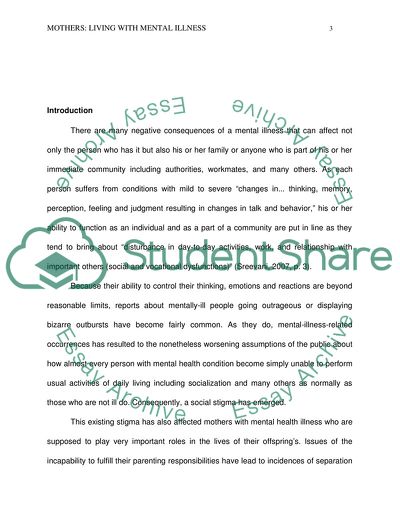Cite this document
(Mothers - Living with Mental Illness and their Children Research Proposal, n.d.)
Mothers - Living with Mental Illness and their Children Research Proposal. https://studentshare.org/social-science/1741526-women-with-mental-illness-who-risk-losing-their-children
Mothers - Living with Mental Illness and their Children Research Proposal. https://studentshare.org/social-science/1741526-women-with-mental-illness-who-risk-losing-their-children
(Mothers - Living With Mental Illness and Their Children Research Proposal)
Mothers - Living With Mental Illness and Their Children Research Proposal. https://studentshare.org/social-science/1741526-women-with-mental-illness-who-risk-losing-their-children.
Mothers - Living With Mental Illness and Their Children Research Proposal. https://studentshare.org/social-science/1741526-women-with-mental-illness-who-risk-losing-their-children.
“Mothers - Living With Mental Illness and Their Children Research Proposal”. https://studentshare.org/social-science/1741526-women-with-mental-illness-who-risk-losing-their-children.


